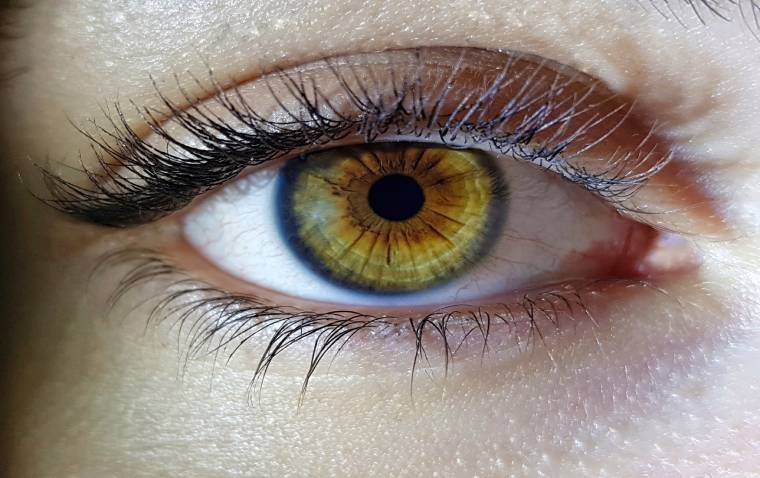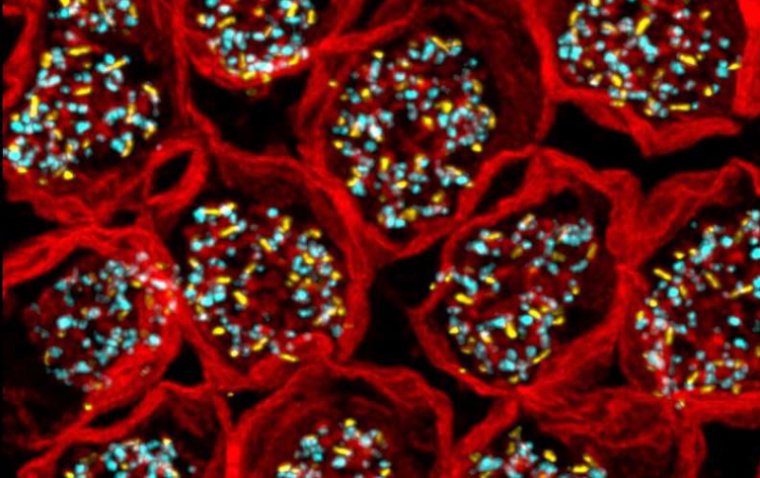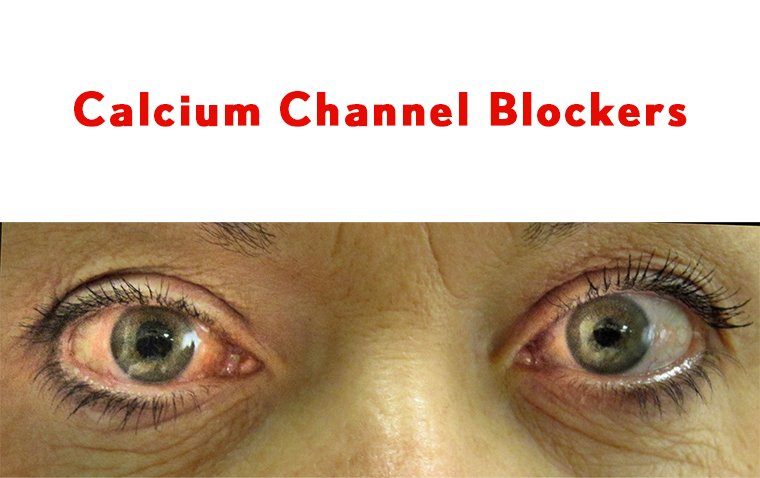
Study Reveals High Antibiotic Use Despite Guidelines for Pink Eye Treatment
In a recent study published in the journal JAMA Ophthalmology, researchers revealed troubling trends in the treatment of pink eye among children and teens in the United States. Despite guidelines from the American Academy of Ophthalmology discouraging the use of antibiotics for pink eye, more than two-thirds of young patients seen by doctors left with a prescription for antibiotic eye drops.
Overprescription of Antibiotics for Pink Eye in Children
The study, based on a comprehensive analysis of insurance claims data from 2021, included nearly 45,000 cases where children sought care for pink eye at various healthcare facilities. Shockingly, 69% of these cases resulted in prescriptions for antibiotics, which are largely ineffective against the viral infections that commonly cause pink eye. Even bacterial infections, which antibiotics could theoretically address, often resolve without medical intervention.
Pink eye, or conjunctivitis, manifests with symptoms such as redness, swelling, and sometimes itchiness of the eyes, and is highly contagious. The American Academy of Ophthalmology recommends managing the condition with simple remedies like a chilled, wet towel and artificial tears, rather than resorting to antibiotics.
Interestingly, the study found that return visits to healthcare providers for unresolved pink eye were infrequent, occurring in less than 4% of cases, regardless of whether antibiotics were prescribed or not. Doctor's offices were found to be the most frequent prescribers of antibiotics (72%), followed by emergency rooms (57%) and eye clinics (34%).
Insights into Antibiotic Prescriptions for Pink Eye in U.S. Children
Dr. Rupa Wong, a pediatric eye specialist at Honolulu Eye Clinic and spokesperson for the ophthalmology group, suggested that the variance in antibiotic prescription rates between different healthcare settings might stem from the diagnostic capabilities available at eye clinics, allowing for more accurate identification of the underlying cause of pink eye.
Dr. Daniel Shapiro, co-author of the study and a pediatric emergency physician at the University of California, San Francisco, acknowledged the concern parents feel when their child has an eye infection, noting that the symptoms can appear severe and alarming. However, he emphasized the importance of avoiding unnecessary antibiotic use when it does not provide benefit.
A Closer Look at Prescribing Patterns
The study did not delve into the reasons behind individual antibiotic prescriptions or their specific outcomes. Nevertheless, Dr. Wong underscored that supportive measures exist to alleviate discomfort in children with pink eye, without resorting to antibiotic treatments that may contribute to antibiotic resistance and unnecessary healthcare costs.
Overall, the findings highlight the critical need for healthcare providers to adhere to evidence-based guidelines and exercise caution in prescribing antibiotics for pink eye, ensuring that treatments align with patient needs and medical recommendations.
Reference
Daniel J. Shapiro et al, Antibiotic Treatment and Health Care Use in Children and Adolescents With Conjunctivitis, JAMA Ophthalmology (2024). DOI: 10.1001/jamaophthalmol.2024.2211
(1).jpg)










